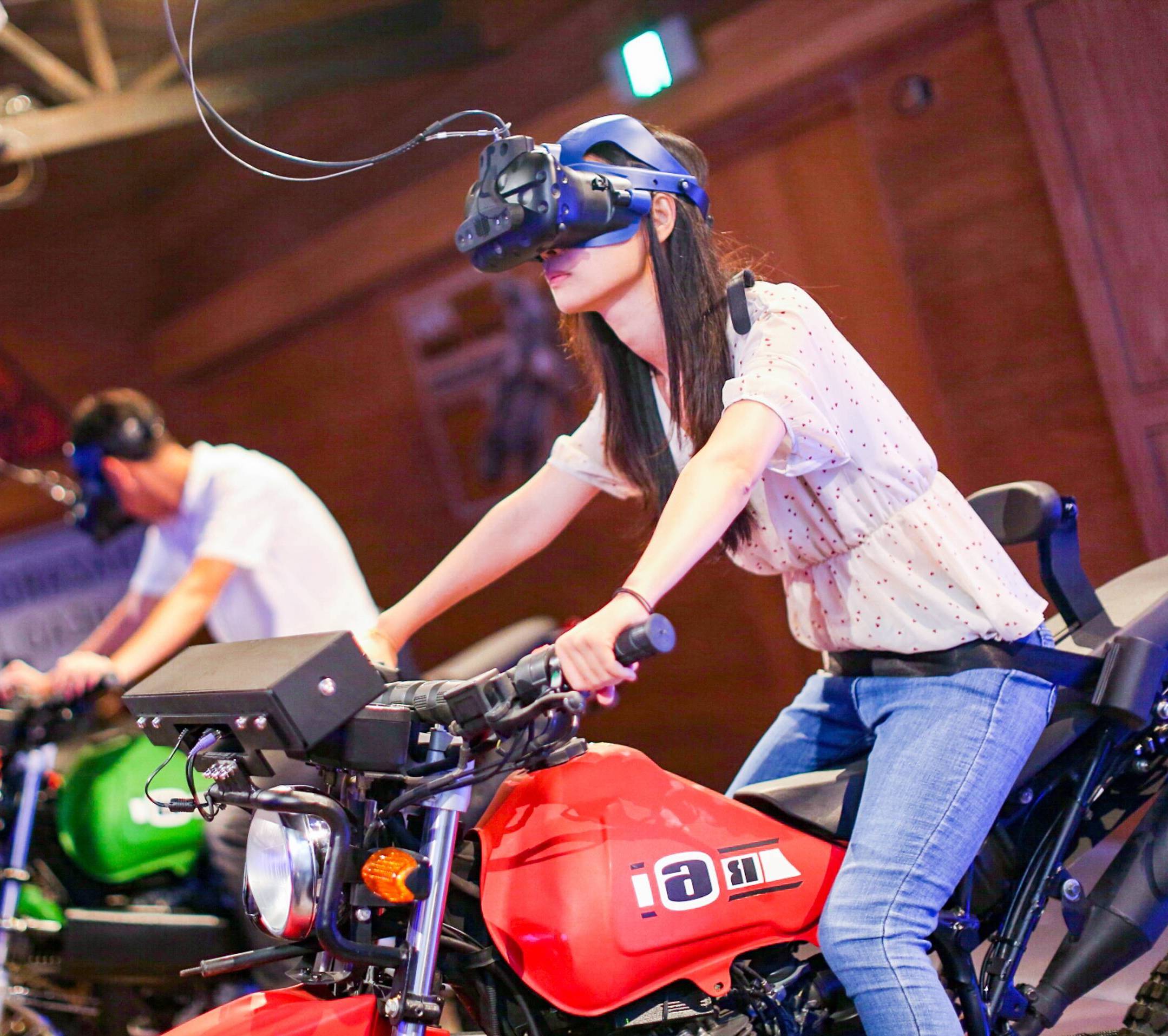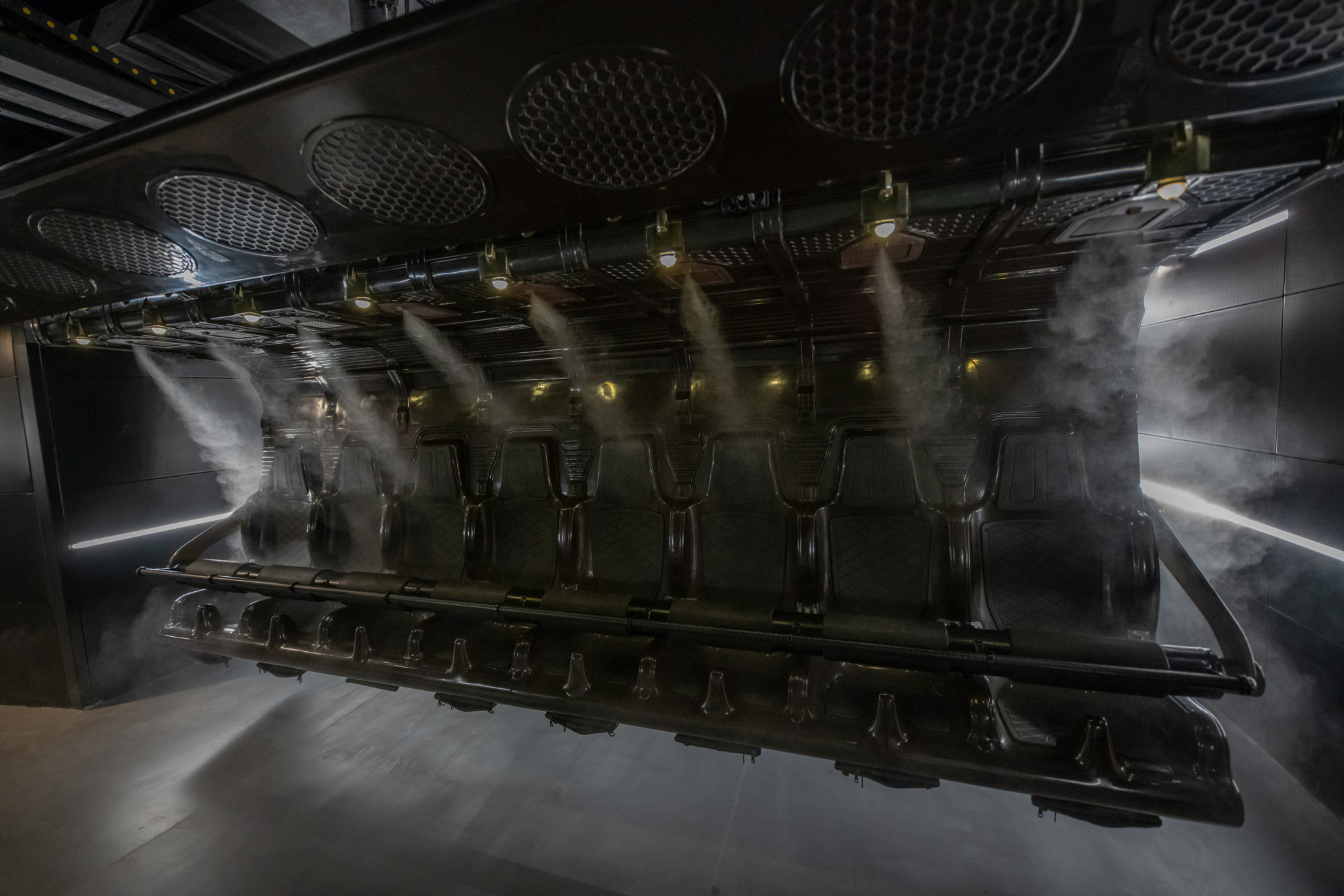Strap in folks because we are about to take a wild ride into the different types and uses of restraints for amusement park attractions.
To the public, restraints may be the most important piece of safety equipment a ride can have. They are the quintessential piece of the attraction visible to the rider that is keeping them safe. As amusement rides develop to meet the public’s demand for more thrilling experiences, the systems and mechanics behind the ride have become more complex. As ride systems technology advances and ride systems become bigger and faster, new hazards emerge and risk mitigation strategies are implemented to ensure patron safety. [1]
When we think about restraints, we may think seatbelts or lap bars, but the different types of restraints are expansive and categorized by “classes” depending on the intensity of the ride. For example, the type of restraint used on bumper cars may not be the same type of restraint used on a high-thrill roller coaster. The classes are as follows:
o Class 1: No Restraint
o Class 2: Latching Restraint, unless guests can brace themselves easily
o Class 3: Latching Restraint
o Class 4: Locking Restraint
o Class 5: Locked and monitored Restraint
Engineers and ride manufacturers look to ASTM guidelines to specify which Class of restraint is required depending on the acceleration of the guests in the attraction [2].
Arms up for the downhill and don’t forget to smile for the camera, because this is where it gets interesting… Does this mean that only the intensity of the acceleration determines the Class? No! The Class is also dependent on the direction of the acceleration. If the ride accelerates quickly and pushes you into your seat, a strong restraint may not be necessary, your seat does the work! On the other end, even a small acceleration that lifts you out of your seat may require the maximum restraint Class to make sure you stay locked in tight.
The Restraint Classes can dictate every part of the ride design to an engineer. Using hazard and safety analyses for the attraction, engineers can determine the specific type of Restraint Class that must be used. Here are some examples of how Restraint Classes can change the way a ride is designed:
- Operators have different instructions for rides with a latching restraint and rides with a locked and monitored restraint.
- Control system monitoring and remote locking mechanisms need to be taken into consideration for the attractions with a higher Restraint Class.
- Vehicle design and clearance envelopes for rider safety are directly affected by how much the guest can move. For example, guests can reach a lot farther if they only have a seatbelt on, but rides with over-the-shoulder restraints restrict rider movement greatly.
While they maintain a strong focus on safety, the engineers also need to consider the overall ride experience! You wouldn’t want a restraint that prevented you from seeing the theming of the attraction, would you? Engineers and ride designers need to consider the best restraint to use to maintain the safety of the guest while also not detracting from the ride experience as a whole.
 Image 1. The Twilight Saga: Midnight Ride developed by CAVU & DreamCraft Attractions, for Lionsgate Entertainment World in Zhuhai, China.
Image 1. The Twilight Saga: Midnight Ride developed by CAVU & DreamCraft Attractions, for Lionsgate Entertainment World in Zhuhai, China.
So just how many different restraint options are there? While seatbelts may be the most common, there are many different types depending on the ride experience.

Image 2. Beautiful Hunan Flying Theatre developed by CAVU for the Changsha Tongguan Kiln Historical and Cultural Resort in Changsha, China.
Lap bars are another common restraint that provides more security than a seatbelt but still allows guests to have some freedom of movement. Over-the-shoulder (OTS) restraints, commonly seen on intense roller coasters, provide some of the most secure holds in the industry. There are even back, shin, chest, back-of-leg, and thigh restraints for those unique rides that still need to hold you tight!
Restraints work best when they’re used properly and latched tight. As a guest, it is important that you are as involved in your safety as the ride operators are. If you see something that seems out of place, say something! If your seatbelt is too tight or too loose, call an operator over for help. If your over-the-shoulder harness doesn’t seem right, tell someone! It is the operation team’s #1 priority to ensure your safety and comfort during the ride.
Restraints are the last piece of the safety puzzle protecting guests from an incident during the ride. With so many different rides out there, it makes sense that there are so many different classes and types of restraints. The amusement industry maintains one of the highest records for recreational activities and will continue to put safety at the forefront of product innovation [3]. So be sure to buckle up and enjoy the ride!
Sources
| # | Source |
| [1] | A Retrospective Study of Amusement Ride Restraint and Containment Systems: Identifying Design Challenges for Statistically Rare Anthropometric Cases https://digitalcommons.odu.edu/cgi/viewcontent.cgi?referer=&httpsredir=1&article=1005&context=emse_etds |
| [2] | Committee F24 on Amusement Rides and Devices https://www.astm.org/COMMITTEE/F24.htm |
| [2] | IAAPA Ride Safety Report – North America – 2018 https://www.iaapa.org/sites/default/files/2019-12/Report_NA_2018_8_15_19_Final.pdf |
